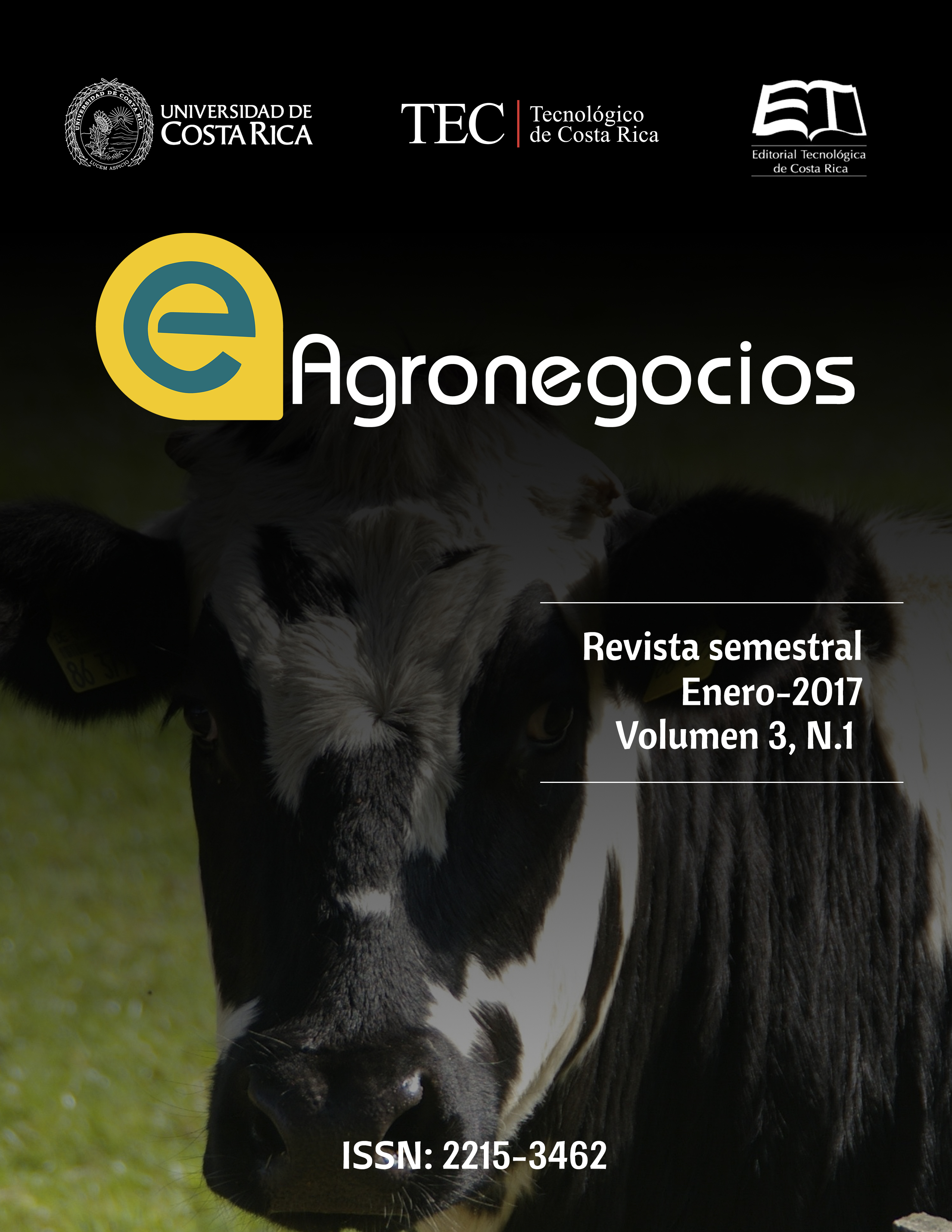La imaginación colectiva aplicada a los procesos de identificación de proyectos
Contenido principal del artículo
Resumen
En los procesos de desarrollo económico y social, los proyectos son propuestas creativas frente a las necesidades de los distintos grupos de usuarios de bienes y servicios. Constituyen, por lo tanto, herramientas básicas para la planificación del desarrollo. A lo largo de su gestación, ejecución y vida útil, se requiere pericia, acumulación de experiencia y construcción constante de conocimiento. Ante esa exigencia se plantea la idea de profundizar en los fundamentos de la creatividad colectiva, que debe ser promovida y potenciada por quienes asumen la responsabilidad de aplicar recursos públicos o privados a la identificación de soluciones a los problemas detectados por la población. La “imaginación colectiva”, tanto como su pareja la “inteligencia colectiva”, constituyen la base subyacente de la creatividad necesaria para abordar la tarea de identificar proyectos. Esos elementos a su vez desencadenan el acople de otros tales como intersubjetividad, interdependencia funcional, inconsciente colectivo, inteligencias múltiples, sinergia, heurística e imaginarios sociales. Todos ellos son interconectables para propiciar el desenvolvimiento de la pareja: imaginación colectiva e inteligencia colectiva. Además, se incluyen tres técnicas usuales y útiles para el desarrollo del citado proceso, tales como: dibujos grupales, seminarios y talleres de planificación y el marco lógico.
Detalles del artículo

Esta obra está bajo una licencia internacional Creative Commons Atribución-NoComercial 4.0.
Las personas autoras conservan los derechos de autor/a y ceden a la revista el derecho de la primera publicación y que pueda editarlo, reproducirlo, distribuirlo, exhibirlo y comunicarlo en el país y en el extranjero mediante medios impresos y electrónicos. Asimismo, las personas autoras asumen el compromiso sobre cualquier litigio o reclamación relacionada con derechos de propiedad intelectual, exonerando de responsabilidad a la Editorial Tecnológica de Costa Rica. Además, se establece que los autores pueden realizar otros acuerdos contractuales independientes y adicionales para la distribución no exclusiva de la versión del artículo publicado en esta revista (p. ej., incluirlo en un repositorio institucional o publicarlo en un libro) siempre que indiquen claramente que el trabajo se publicó por primera vez en esta revista.
Citas
Barreiro, T. (2000). Trabajos en grupo. Buenos Aires, Ediciones Novedades Educativas.
Bunge, M. (1979). La investigación científica. Ariel, Barcelona, España. Definición de sinergía. Recuperado de: http://www.definicionabc.com/general/sinergia.php.
(Consultado el 28-10-2015).
Ferrer, R. (2012). ¿Qué es la inteligencia colectiva? Localizable en: http://fisioeducacion.net/fisios/fisiored/115-que-es-la-inteligencia-colectiva (Consultado el 12-09-15).
Jung, C. (1991). Nueva conciencia: plenitud personal y equilibrio planetario para el Siglo XXI. Finlandia. CAYFOSA.
Lévy, P. (2004) INTELIGENCIA COLECTIVA. Por una antropología del ciberespacio.
Washington, DC. OPS (Organización Panamericana de la Salud). Mardones, M. Recuperado de: http://www.psicomisabel.cl/index.php/81-articulos/91-intersubjetividad. (Consultado el 13-10-15).
Maslow, A. (1943) https://teoriasmotivacionales.wordpress.com/teorias-modernas-de-motivacion/teoria-de-jerarquia-de-necesidades-de-maslow/ (Consultado el 29-10-2015).
Mercadé, A. (2012). Los 8 tipos de inteligencia según Howard Gardner: la teoría de las
inteligencias múltiples. Recuperado de: http://transformandoelinfierno.com/2012/12/19/los-8-tipos-de-inteligencia-segun-howard-gardner-la-teoria-de-las-inteligencias-multiples/ (Consultada 13-10-15)
Reygadas, R. (2006). “Imaginación colectiva” En: Revista Vinculando (2006). Recuperado de:http://vinculando.org/sociedadcivil/abriendo_veredas/222_imaginacion_ colectiva.html. (Consultada el 28-10-2015)
Sánchez, N. (2007) “El marco lógico. Metodología para la planificación, seguimiento y
evaluación de proyectos”. Caracas. Localizado en: http://www.saber.ula.ve/bitstream/123456789/25141/2/articulo11.pdf (Consultado el 23-09-2015)
Sheldrake, R. (1991) “El renacimiento de la naturaleza”. En: NUEVA CONCIENCIA.
Finlandia. CAYFOSA.
Significado de heurística. Recuperado de: http://www.significados.com/heuristica/.
(Consulta el 14-10-2015).

